
Los Angeles is a city built upon amnesia and denial. Graded and paved, bought and sold, it bears little likeness to Tovaangar, the home for the first people who, for thousands of years, walked its valleys and chaparral-clad basins and paddled its broad shorelines.
Eventually, they were overtaken, falling silent to the noisy ambitions of foreigners and settlers who set about transforming this vast floodplain with imported water and orchards and homes. Branding their creation paradise, they never questioned their improbable aspirations.
Instead, they mythologized their works, borrowing from the past what was convenient and discarding the rest, so the picture of the Golden State in the early 20th century was romantic enough to persuade more and more Easterners to board the trains that crossed the deserts to arrive in this transformed pueblo.
These new arrivals marveled at the fields of poppies, rode electric street cars to the surf and discovered gold lying just beneath the surface in vast reserves of oil. Prosperity came fast, abetted by advancing technologies that controlled nature, employed thousands and turned the dreams of some into a reality for many — but not all.
Los Angeles grew on a scale beyond its means, a perspective gained only decades after the county population had soared to more than 10 million and demand for housing pushed communities far into a combustible wilderness.
Shimmering in the incandescent light off the Pacific, its existence today seems almost a mirage, a dream from long ago on the verge of waking up to its inherent vulnerabilities. We burn, we shake, we flood, and each time we face our limitations, we promise with gritted teeth to do better.
And now, the mythology — the endless possibilities, the new beginnings that inspired countless entrepreneurs, evangelists and everyday dreamers — seems tired.
Those who evoke the virtue of a bootstrap economy have had to confront its shortcomings in the face of a crushing housing shortage, widening inequality and environmental challenges disproportionately affecting the poorest communities. Hotter, drier, windier, wetter — the extremes are battering us increasingly.
Perhaps, then, we should be more surprised by our perseverance in the face of such vulnerability and division. More churlish souls might attribute such stubborn determination to craven commercial interests, but something more is in play. As much as the region has been defined by sprawl and individualism, it has also fostered community and culture in both new ways and old: Little Bangladesh, Little Ethiopia, Little Armenia, Frogtown, El Sereno, Watts.
Within these communities exists an informal collectivism, an ebb and flow of residents, of families, of neighbors coming together at farmer's markets, in city parks and common spaces, in a tacit recognition of shared values. And although we live in hubs that are cities apart, we travel to one another to experience the richness of the city in neighborhoods other than our own.
All of which only makes the tragedies and disappointments of the present more onerous as we address racist politicians, crooked developers, neglected neighborhoods, the arrival of federal immigration agents — and large swaths of the region in ashes: more than 57,000 acres burned, more than 16,000 structures destroyed, livelihoods wiped out, lives lost or displaced.
We will raise memorials to the dead and write volumes about the tragedy. Looking back, after all, is part of the human experience. But the January fires come with an imperative: to think about how we want to live in Los Angeles, despite the recklessness of the past and the persistent denial of the present.
The future gives us an opportunity to reimagine ourselves, to see how the region’s disparate and far-flung communities transform themselves.
The slate isn’t blank. We must be willing to read the lessons of the past, into the rebuilding that lies ahead. The future requires nothing less, or we might as well abandon our claim upon this improbable city.
Some already have, yet others stand ready to imagine a new Los Angeles, to make a promise to new generations, to dream and to work hard to realize that dream, no matter how long it takes.
So let’s set the clock to 2050. What do you hope for this place we call home?
Interviews have been edited for length and clarity.
D.J Waldie
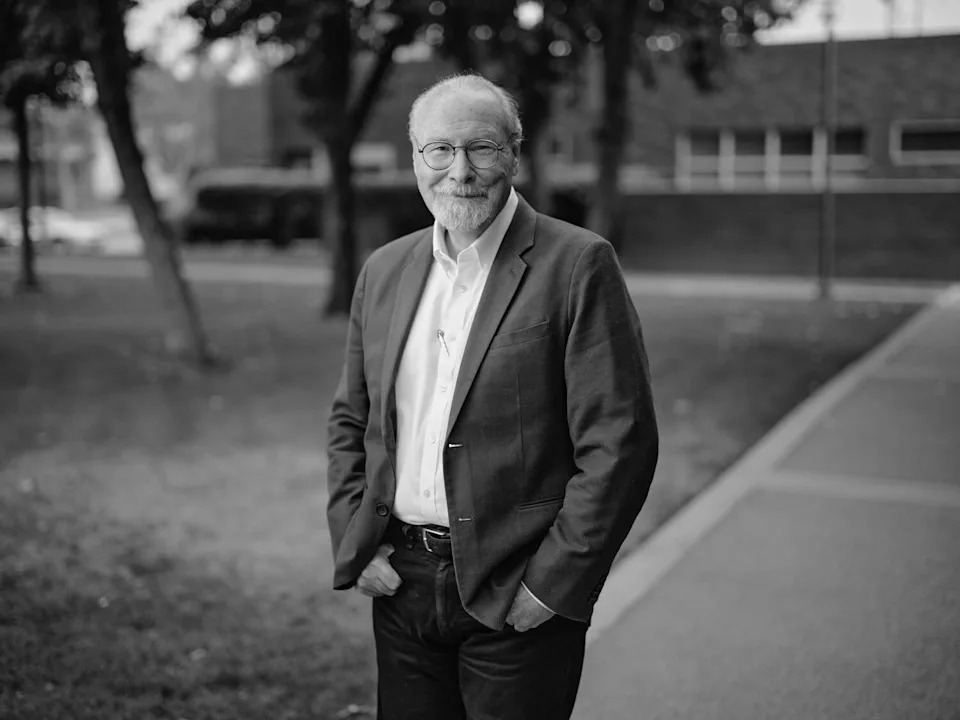
We need to have by 2050 a shared image of who we are as residents of this place called Los Angeles. As hard as that will be to achieve — a common shared trajectory for the region — it is possible.
We need to imagine a different Los Angeles, one that doesn't look like the city that was on the cover of Time magazine in 1949. We need to imagine a Los Angeles that understands our failures over the past 70, 80 years. What we carried from the mid-20th century is the idea that we can do whatever we want simply because we can, and we could say that our past was meaningless. We have lived on the momentum of the boom years after 1945.
The power of the growth machine of Los Angeles has made it difficult to make wise choices. We built fast, we built cheaply, we built for the view and not for the fire-prone chaparral ecology we were building into.
But we can no longer expect momentum to move us forward. We need to slow down, turn around, look to the past and become fully aware how we have acted poorly in the past. We have to become better builders, wiser custodians and smarter assemblers of resilient, resistant communities if we intend to live here in the numbers that we are.
This means asking hard questions of ourselves and our political leaders. They have, in many ways, failed us for decades. Our leadership must be willing to face up to the growth machine and developer interests and say to them: We will build this way now and not that way anymore.
I would hope that forces — both governmental and communal, both in Los Angeles and outside the city — could reimagine how we live on the land, so that there would be a new way, a different way, of intersecting the built environment of Los Angeles with the natural environment. We could share a vision of what this place has been and what it is now and what it might be. We could get from our political leaders and civic institutions what we need to make a city that is resilient, sustainable and resistant to catastrophe. We could have the city we deserve.
Mia Lehrer
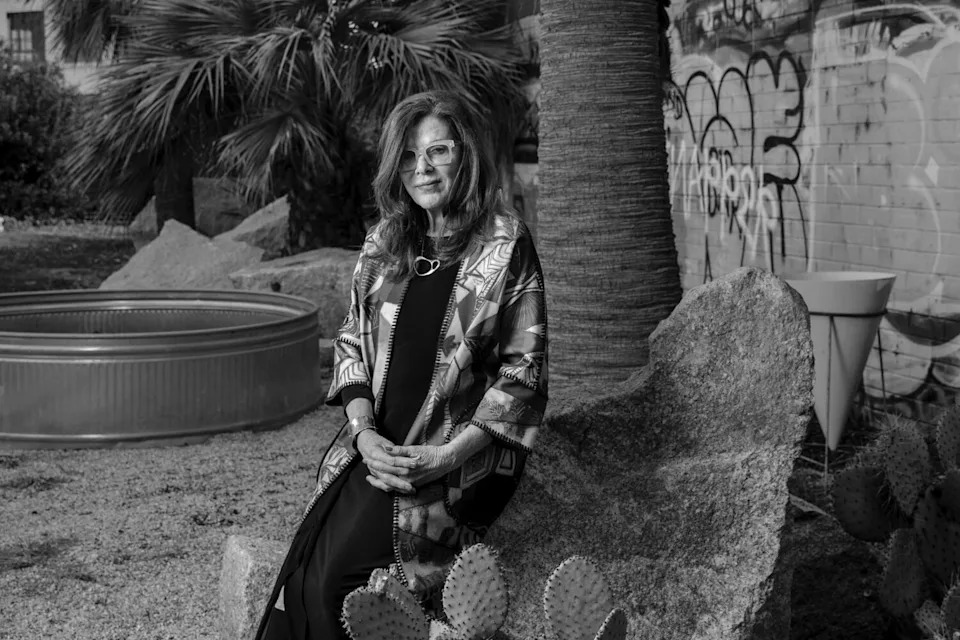
While the fires have sparked a conversation about the future of Los Angeles, many city agencies and professional organizations are already working to create a more resilient future using nature-based solutions.
1. Imagine streets and sidewalks with healthy tree canopies, permeable paving, and green infrastructure that captures rainwater for recharge or reuse, so it enters the water table instead of being directed to our channelized rivers.
2. Visualize a system of transportation, recreation and ecological corridors that break down barriers between communities. Envision a city that speeds up permit processes so developers and agencies feel encouraged rather than discouraged.
3. The British architectural critic Reyner Banham wrote about the region’s four ecologies: the coast, the foothills, the flatlands and the freeways. They still require our attention, but in lectures over the years I would always add the sky to this list. Air quality is critical to preserving this special, sunny place, allowing plants and trees to thrive, and supporting habitat for birds and other wildlife.
4. An equally essential “ecology” is community. Urban design and policy must be centered on the people who live here. We need to foster civic engagement with cultural, educational, and economic opportunities that bring neighborhoods together. Los Angeles is such a diverse region, but we share common goals — like planting trees or developing parks — to keep everyone invested in our collective future.
5. Think about what Sharyn Romano has accomplished with the Hollywood/Los Angeles Beautification Team, or what TreePeople has done over a course of 50 years, along with North East Trees and City Plants. Trees themselves aren’t the cause of fire. Through traditional ecological knowledge combined with geospatial technology, they actually help stabilize the environment, reduce heat and support fire resilience.
Ultimately, the future Los Angeles needs a network of multi-benefit green corridors, schools, open spaces and parks to connect communities and nature. That will break down barriers between neighborhoods and the natural environment and address environmental justice by bringing nature back to underserved communities.
Faiza Moatasim
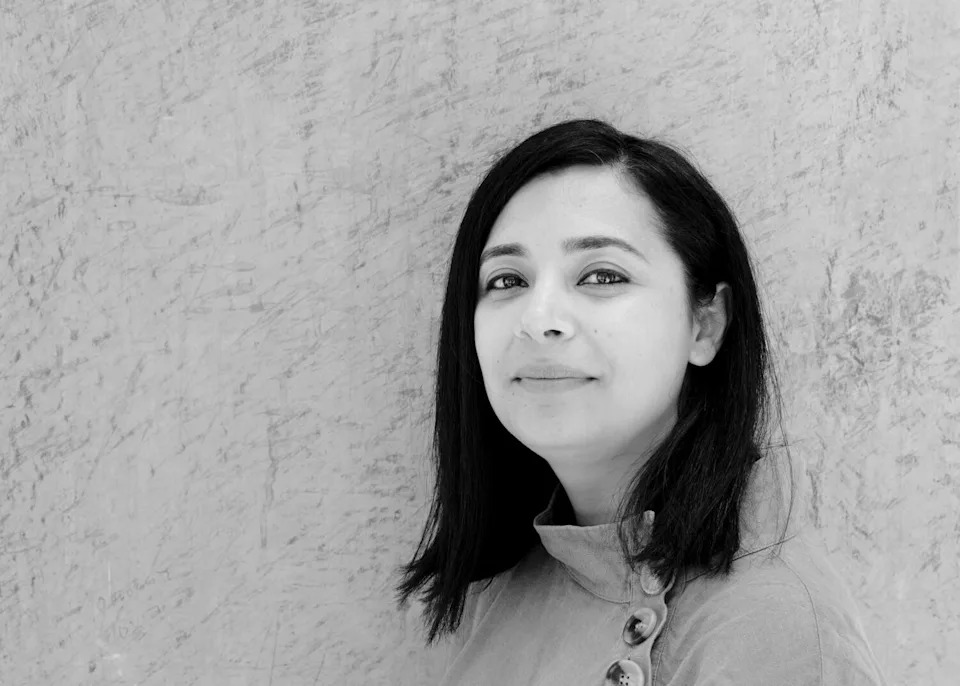
My hope for Los Angeles in 25 years is that it becomes a city where everyone has a place called home. It is unacceptable that this city, known for its innovation and leadership in so many fields, has 70,000 people sleeping on the streets and many more being evicted or displaced on a daily basis.
We can celebrate the notion of Los Angeles as paradise, but it is a paradise whose vision sort of falls flat when you consider the reality of thousands and thousands of unhoused people. At the end of day it comes down to political will and a commitment that everyone will have a place to call home. Once you have that, then you develop all sorts of narratives and policies around that.
I want L.A. to be a leader in providing accessible housing solutions. I want L.A. to be a city where people are not criminalized because of where they live, where they're not forced to live in top-down solutions that don't work for them.
Many of our social-cultural issues stem from the fact that people feel that they can be easily displaced, that their existence in the city is precarious. If you live in a place where you are welcomed and your presence is not threatened, it becomes a place that is resilient in so many other ways.
Just imagine the place where you're not consumed by the possibility that you and your family could be put out on the street because you're unable to pay your rent. Just imagine where you don’t have to choose between healthcare, housing and food. Los Angeles will then truly become the happiest place on the earth.
Daniel Swain
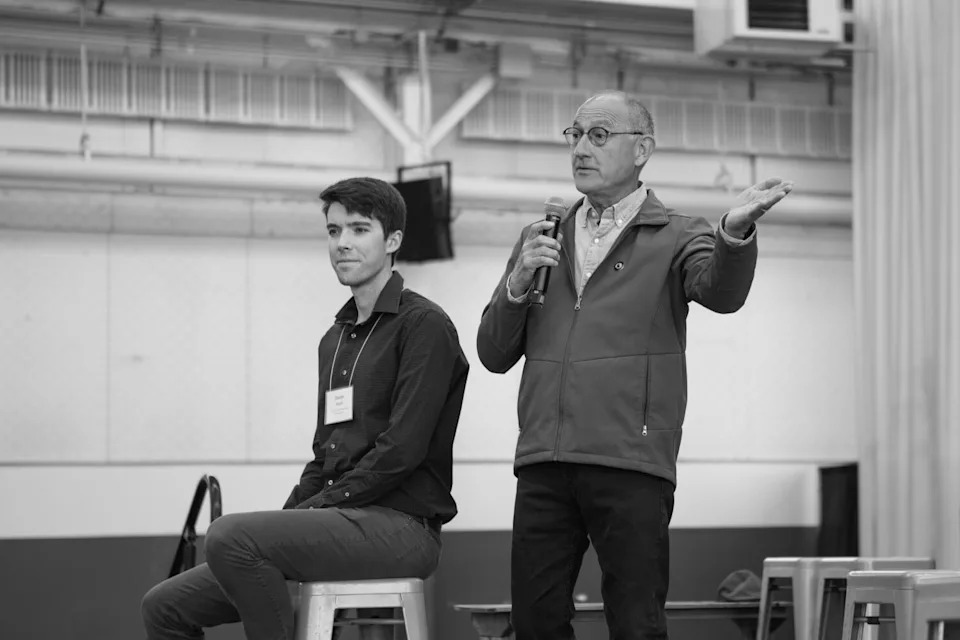
Los Angeles is a huge, sprawling city that extends well beyond traditional borders into the canyons and mountains beyond. As it has grown over decades, more people than ever live in harm's way. The January wildfires taught us this lesson when they burned not just on the fringes of the city but well into the urban fabric.
You can't fully prevent all disasters. Sometimes, under the most extreme circumstances, the best you can hope to do is mitigate. Living in the 21st century means being prepared for events that will sometimes be out of our control. The tragedy in January transpired not because of L.A.'s lack of preparedness for wildfire, but despite its high level of preparedness, and that should be a bit sobering.
I worry that in our reactive, reflexive move to find blame, we're going to miss the interventions that could actually prevent this from happening again. For instance, there's conversation about cutting red tape. I'm all for getting rid of unnecessary red tape, but what does that mean, exactly? I certainly hope that red tape cutting doesn't mean ignoring certain standards and regulations like mandating fire-resilient buildings in the places that burn to the ground.
Neighborhoods must be rebuilt from an emergency evacuation perspective and thinking about housing density. This forces us to ask: How much does the government get to decide about the way you live your life? The answer might lead us to realize that the historic Southern California lifestyle is incompatible with fire resilience, especially as the risk of fires increases with a longer and more intense fire season.
While I'm thinking about the future from a hazards perspective, I believe that these interventions will make the city a better place even when no disasters are unfolding. The thoughtful mitigation of fire, flood and other natural disasters will lead to co-benefits in terms of urban life and suburban life that will improve things for everybody, such as more open spaces, less pavement, more street trees for shade during heat waves that would also help with things like flood risk.
If we do the right things within this broad urban fabric, then future disasters do not have to be worse even if the underlying hazards are. If we are serious about rethinking those critical societal and infrastructural pieces, you could have a future wildfire, future earthquake, future flood that has fewer negative effects than historical ones — even if they're larger — because we're more prepared for them.
Drexel Ngo and Alina Ramos
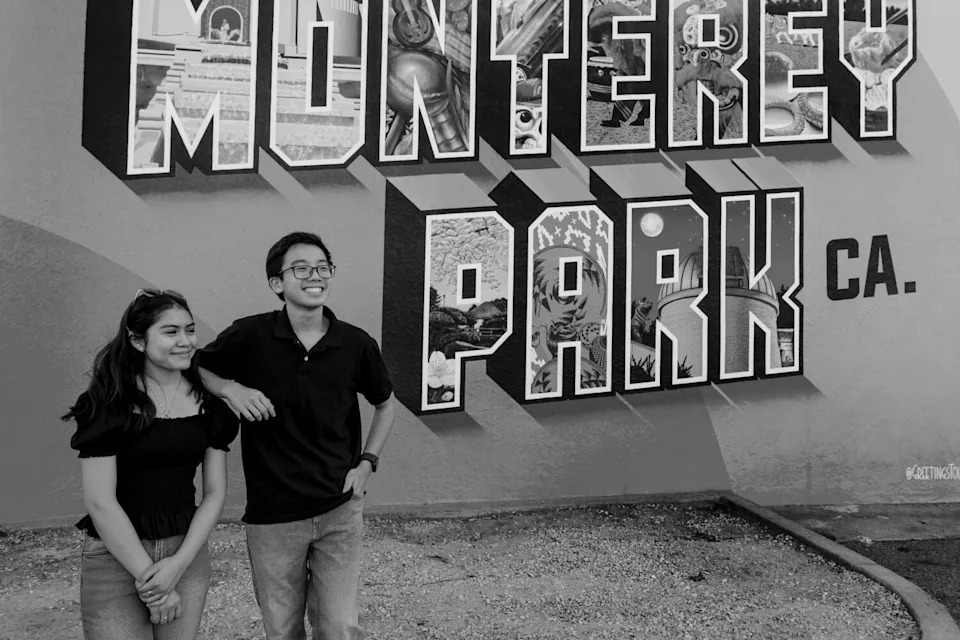
Drexel and Alina are the co-creators of Red-11, an emergency response app they built to help their reeling community after the 2023 mass shooting in nearby Monterey Park, where a gunman opened fire at a dance studio, killing 11 people and injuring nine others. They are still seeking funding to launch the app and tinkering with the code to improve it.
Drexel: In 25 years, I hope gun violence will not be such a big issue. where we're all thinking about it whenever we go out in public or we're in school.
In schools, we're taught to duck under the tables, turn off the lights, lock the doors. Other than that, we're not taught how to really deal with a mass shooting. There isn't one solution that we can look to to feel safe, and even if you go through all of those steps we learned, it's not a guarantee of safety.
Hopefully, there will be more laws and policies and restrictions in place to prevent that kind of tragedy from happening again in our city. Red flag laws are crucial in helping to significantly curb gun violence. We need to work toward a solution so we can feel more secure.
My generation is going to be a sort of a catalyst. I see these brilliant minds that are capable of reshaping our society and building technology in a way that we've never imagined before, and I think that's definitely something that's going to happen. I'm very hopeful.
Alina: In 2050, I'll be 40, so I'm hoping that we’ve solved a lot of problems, even on a miniscule scale, by then. Whether it's pollution or homelessness, I hope it's just better, but I’m also hoping for less of the worrying that comes with just so much gun violence.
Many of us have a mindset with a lot of personal fear. If and when, there are reforms to help with gun violence, seeing those reforms can start making us feel a little bit safer when we go out in public.
Advances in technology, with my generation already making progress, have the potential to help society a lot, but obviously, in every scenario, there is the possibility that it does the opposite. We just always have to hope that those bright, brilliant people know what they're doing.
For us to make progress on anything, we have to tackle multiple issues at the same time. Unfortunately, we will never realistically be able to solve every problem, but I would like to believe in a perfect world where the current generation isn’t burdened with fixing the problems of their previous generations.
Karen Mack
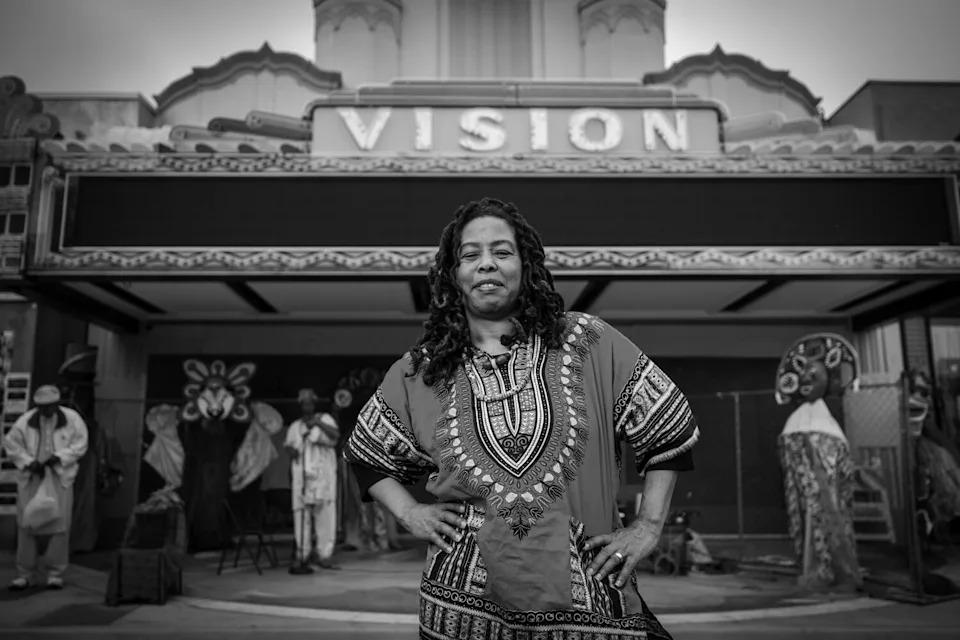
One of the things we experienced during the fires and their aftermath —one of the things that was most heartening — was the way people came together. It was extraordinary, this outpouring of support, and I think that's key to understanding the future of Los Angeles. It is, of course, also our challenge: coming together as a community to address the problems of the city.
Los Angeles is amazing for the people who live here and for the stories that reside within the neighborhoods, but how do we tell these stories? We get to know each other and create a shared connection with each other that will allow us to imagine and create a city that functions for everyone.
My work since founding LA Commons, a nonprofit devoted to community-arts programs, in 2000, has shown me that through the power of creativity, we will be able to come up with the solutions we need, solutions that are first and foremost local, because a lot of the issues that we’re dealing with — climate change, homelessness, our fragile state of being — can be solved by bringing people together at the local level.
But we need to develop local leaders. We can't turn to our politicians. We all have to be advocates for the society we want. We need to empower artists because they are the catalyst for positive change. They can support us in imagining the stories of the future that we want and building the shared sense of empowerment to get there.
For Los Angeles, in 2050, I would like to see artistic and cultural hubs throughout the city that can serve as vehicles for neighborhood connection, for artistic expression, where residents have the opportunity to tap into their creative self. If we empower artists and neighborhoods to channel their creative spirit and make connections based on a shared understanding of who we are, what Los Angeles is and how we're all in it together, we will be able to think of a positive future for all.
Rick Caruso

I believe that Los Angeles is the greatest city in the country, but I worry that its luster has dimmed. It can come back, but it will be a heavy lift fixing the problems we have in order to lay a base that we can grow from.
We've got to solve the homeless problem. You can't have a city of the future and of the world and attract the best and the brightest minds if you've got the largest homeless population in the country. And we've got to build housing for people and workforce housing.
We've got to change government so that government is encouraging businesses to come, big and small, so our employment base grows and our tax base grows. You've got a city that highly regulates business, and tax revenues are going down.
We make the assumption that L.A. is so special, that everybody wants to be here, so we can overtax and over-regulate them. Well, sorry, but those days are over.
We need to reduce red tape and provide incentives for building housing. We need to bring back enterprise zones where developers get tax credits for building housing in areas of the city that need it the most.
We have so many people living at or below the poverty line in housing projects that are so bad it’s a disgrace government allowed them to reach that state. We have to provide exceptional educational opportunities for everybody, no matter what their economic status is, no matter where they live.
I think that diversity of the people of Los Angeles has given us the culture, the arts, the businesses that form the landscape of this city — and that's what we've got to protect. But that is slowly being chipped away by the high cost of living.
We need to expand the City Council and the Board of Supervisors so that each of them represents sent fewer people. More important is the quality of the people that are being elected, the competency of the people who are being elected to manage a very, very complex city.
All of those things have to happen, and they can all happen, I think, simultaneously. But there has to be a cultural change in the priorities of the city. We want families to thrive, feel safe, and we don't even have to look ahead 25 years. Once you create this momentum, good things start happening.
James Rojas
Our relationship to Los Angeles has become transactional. Through our growth engine, we've built housing, and roads, that have buried the landscape. Most Angelenos are busy getting from point A to point B by car, and they no longer enjoy moving through the city’s landscape in person. We’ve lost sight of our city.
We need to look underneath the brick-and-mortar, and freeways and rediscover that landscape of joy.
We need a deeper level of thinking and community engagement that considers what makes a place enduring, so that we can invest in projects and plans that future generations can build relations with and enhance the memories of the place.
Los Angeles is this interesting phenomenon created by the sun. It’s a city that people never leave, no matter the earthquakes, fires or floods. They stay. Industry may have left — aerospace — but people remained, and more have come, first Midwesterners, then Blacks, and now Latinos and Asians. Each reads the city in different ways, shifting how we solve our problems.
What are the city’s core values that exist beyond these shifting migrations patterns? They all value L.A.'s geography, and climate. They’re common threads that bring us together. That's what people have always liked about L.A.: the yards, the gardens, the street trees, even the early parkways/freeways.
By taking a multisensory approach to planning and design, we can draw from our childhood memories of being outdoors, physical and happy, something L.A. provides all year round. We can develop a great relationship to our city that will help us enjoy our landscapes and help us understand how we belong to this place. A multisensory approach to planning would help us build relationships with our environment, ourselves and others.
Christopher Hawthorne
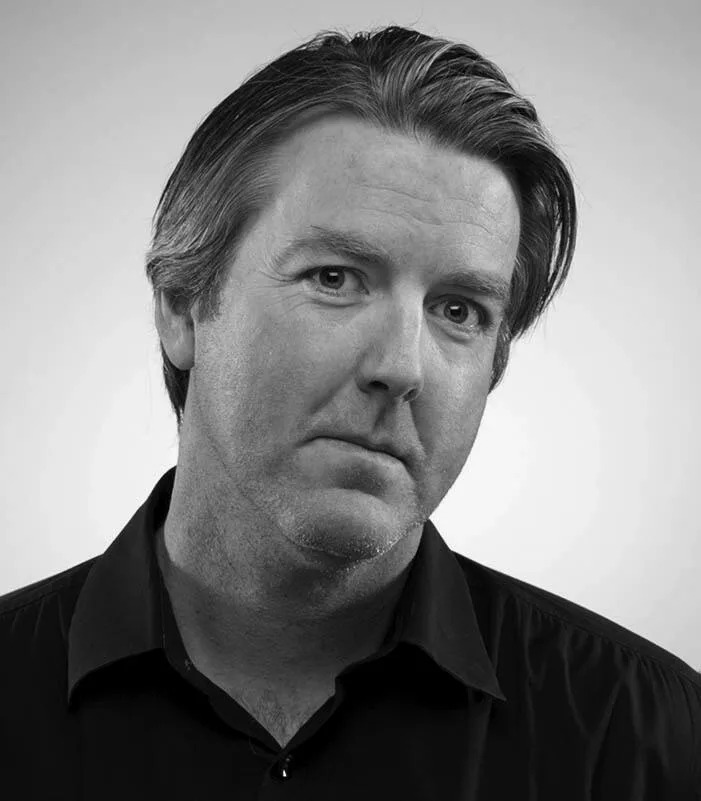
I hope that Los Angeles can be a city that thinks big again, much as it did during the 20th century, but with one difference this time around. I’d like the city to think big on behalf of the greater good — the commons, as it used to be called — instead of the individual.
When L.A. last remade itself, in the decades before and after World War II, it did so in ways that were both heroic and destructive. The throughline was making room for personal aspiration at the expense of a broader, more connected vision. You could drive in your private car on a brand-new freeway to a subdivision with cutting-edge architecture. L.A. became a great place to pursue individual ambition. Advancing collective ideas about the city’s future was tougher.
The fires have laid bare just how lacking the city remains from this point of view. It’s not clear who — or what institutions — speak for the region as a whole. Rebuilding individual houses is of course the first order of business. But what about the larger implications of this disaster in a city so long intertwined with the natural world?
L.A.’s elites have also grown notably uneasy about change in recent years and skilled at protecting the status quo. But this has always been a city of flux. It’s in the civic DNA.
These conversations should happen organically. Nobody wants grand plans imposed from the top down. The problem becomes how to produce something beyond a collection of fragmented visions. Who finds the connections among the most promising ideas? Who highlights the kind of far-reaching improvements they could catalyze?
The institutions with this specific mission — not just giving voice but clear, compelling shape to community aspiration across the city — will become indispensable.
Rosten Woo
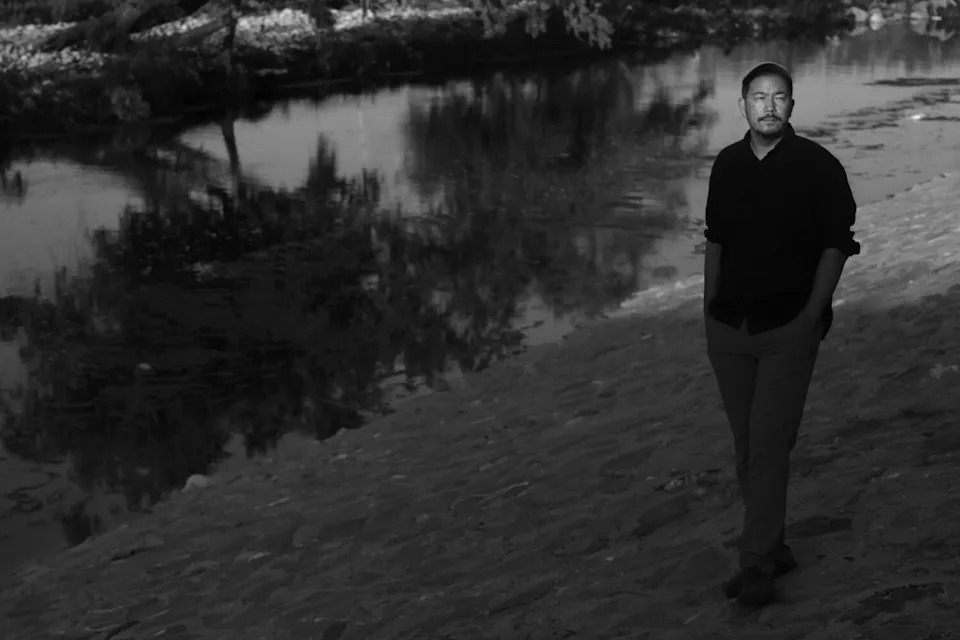
When I think of Los Angeles’ future, I have a long list of things that seem more than “nice to have”— actually necessary if the city is to continue functioning in 25 years.
1. Top of mind for me is to right our city’s relationship to water and to land, which has for so long been largely oppositional: trying to engineer against nature, bringing water to the desert, paving our rivers to control floods. That approach is so clearly at a dead end. We need to be learning to work as part of nature and not against it. We can be stewards, following the lead of local Indigenous-led organizations like Chief Ya’anna Regenerative Learning Village in El Sereno or the Tongva Taraxat Paxaavxa Conservancy.
2. We need to restore our relationship to the watershed. An obvious place to start is greening LAUSD schools, which would simultaneously improve the city’s ability to capture stormwater, make shade, cool the city, improve outcomes for young people and turn campuses into resources for their communities. And we need to connect that work to our culture too — I admire organizations like Living Earth, that are connecting people to the outdoors with music and performance in novel and beautiful ways.
3. While we’re at it, we need to stop thinking of the land as a commodity and fix our broken housing system. Working people can’t afford to live here. There are so many other models of housing that we know can work and we need to implement here: social housing, land trusts, co-housing. We have a lot of city- and county-owned land that’s underutilized. We need to leverage that.
4. Let’s talk also about remaking our wildly dysfunctional government. Our City Council and supervisor districts are enormous. I’m optimistic that through charter reform we can make more of these districts, bring the ratio of representatives to represented to a more reasonable number, make political participation more meaningful, and get a handle on the corruption that really plagues our city.
So there’s a moment now, but it will fade fast. We need to stay focused on the possibilities we can see right now.
Ashley Espinosa
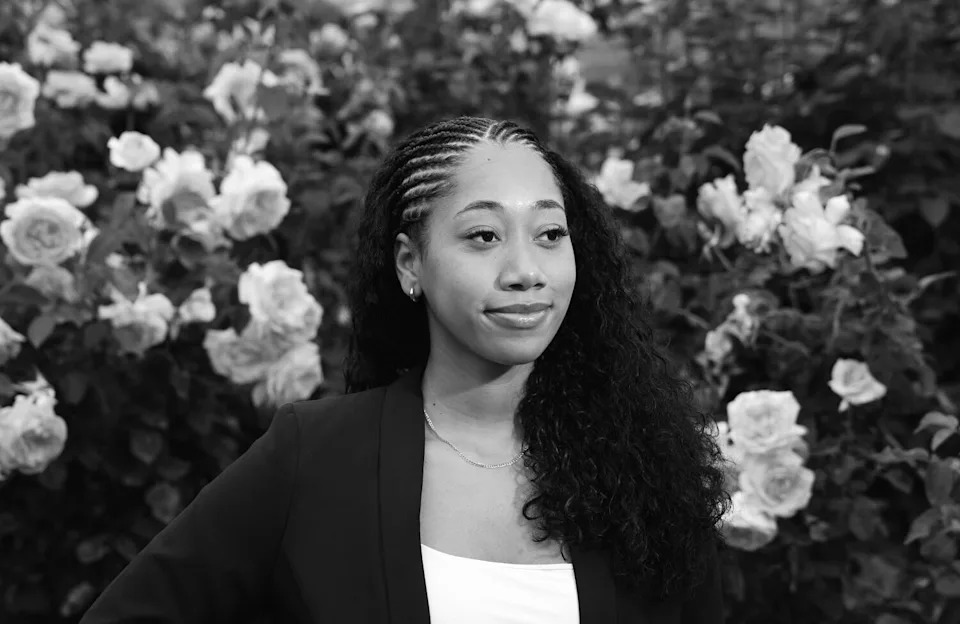
For 2050, I envision a way more walkable city that is more accessible through public transit. Today, people only take the metro when they need to — it's not their preferred way to travel. But I hope to see that mindset shift.
L.A. Metro has plans to include more lines and expand, and hopefully with those expansions come more upgrades to the system to improve user experience. Real-time arrival boards, better shade structures, shade-tolerant landscaping and improved signage to reflect that there's more than two languages that exist in this city would get more people on our trains and buses. In the future, I think the most ideal metro experience would involve living close to a train station– being able to take, at most, a five to eight minute walk to the station, hop onto the train with headphones on, and enjoy the ride. It’s all about convenience, safety and accessibility.
I know the city has so much potential. As an urban planner, I'm not trying to make L.A. a new New York. L.A. is its own city with its own identity, with its own culture, with its own people, and I know there's definitely a way for the city to capitalize on its potential without changing its identity.
I feel optimistic about my generation trying to push for change. Younger people want to live in walkable areas, and with that desire, I feel like there's been more of a push for accessible transit, which will also help create stronger communities. Gen Z has the strength and the will and the resilience to push for the change that we want to see.
Mona Simpson
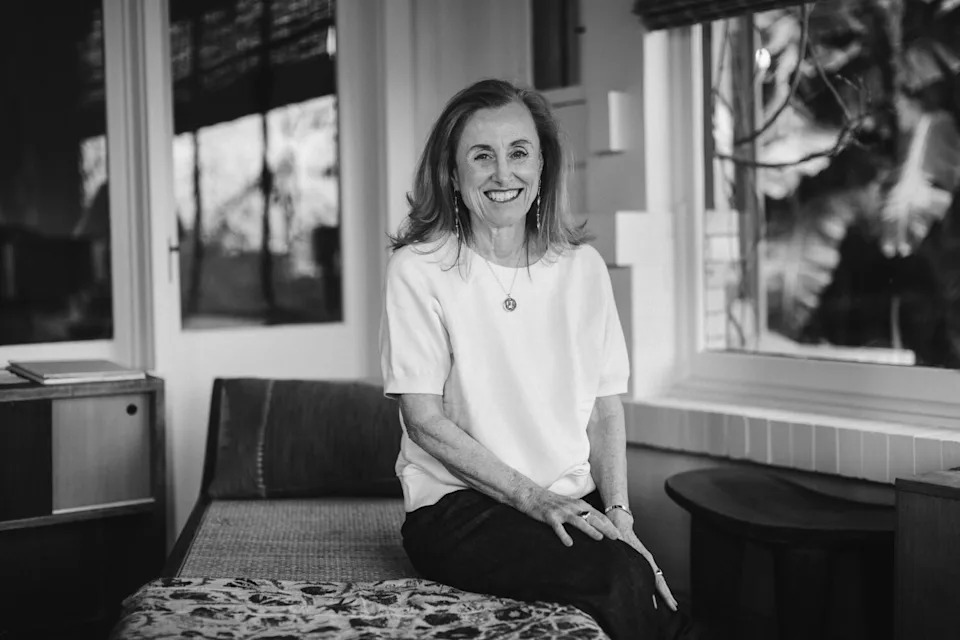
On the night of the fire, a friend called me to say we should evacuate. We weren’t in the mandatory evacuation zone yet, and we didn’t listen. As it turned out, our home was safe, but our friend's home burned. It was a toss of the dice. For some of us, it’s been an apocalypse and for others of us, who can return to our homes, a report card of our capacity for empathy.
As the city begins to rebuild, we’ll try to learn from our mistakes. Of course, we’ll be tempted by our past pleasures. Will everybody tear the flowering wisteria vines off their houses? (I haven’t yet.) In a city with a substantial housing crisis, will our local government be able to resist building more residential properties on hillsides, in zones at risk for fires? It’s hard to know to what extent, but I’m confident that we’ll build more thoughtfully.
In the days after the fires, friends from the East Coast called and said, “Why, Mona. Why.” The answer was easy. L.A. is home. It has too many beauties to count. California still feels less dominated by a hierarchical class system than most of America. It’s possible to feel accepted here and free.
We’re more of a community than we realized before as we recover from this historic crisis. A displaced woman — a former renter in the Palisades, whose daughter put up a GoFundMe page on her behalf — received donations from people she’d never met, friends of friends of friends of friends.
L.A. in 2050? I think it’s going to be as it always has been, a place for second chances. We have a collective commitment to the possibilities of a remake.
Angelo Logan
Los Angeles should guarantee a robust local democracy. That means a multiracial, equitable democracy that includes everyone's voice and leaves no one behind. All communities should be empowered to determine how things are built for and by their residents.
Without that, the most influential residents are allowed to benefit at the cost of the health, quality of life, and livelihoods of their less resourced neighbors.
It’s true for fire recovery and other challenges that we're bound to see with climate change: folks who are unhoused, deadly air quality, a whole variety of social issues that we are and will be contending with that can be counted as disasters.
Rebuilding Altadena is a good opportunity for this approach.
Most decisions will be made by those with the most influence. Will the residents be the most powerful influencers on policies and guidance for the rebuild? Or will private developers have the most influence?
The status quo is that large private interests with plenty of resources — with attorneys, with lobbyists — will be more influential. All of this, along with their political contributions, put them in a very powerful position.
Grassroots community groups could match that corporate influence, ensuring that everyone’s voice is heard. Public meetings to gather input would be accessible to all who are affected. Budget processes would be transparent, as would all civic planning, including setting the rules and regulations for how roads and other critical infrastructure are built. The community could build consensus.
It’s a “measure twice, cut once” approach. Invest time up front to avoid getting it wrong and having to repair it after.
The fires — and by extension, all the climate disasters that are going to shape the way we live in the 21st century — hurt so many of us. If we try, we can expand the circle of who speaks for Altadena, including residents who rented their homes or people who might not have the capital to rebuild, many of whom worked hard to maintain an historic Black community in an historically redlined region.
Some might say that we should take the fastest, cheapest path forward to rebuild Altadena.
But without a robust democracy that includes the voices of all stakeholders, no one knows exactly what the “fast and cheap” approach would mean, and whether this is really what everyone wants.
The folks that I've talked to are saying we don't want to go back to "normal." “Normal” is not good enough.
This is a chance for us to do better.
Times staff writer Kaitlyn Huamani contributed to this report.

This story originally appeared in Los Angeles Times.
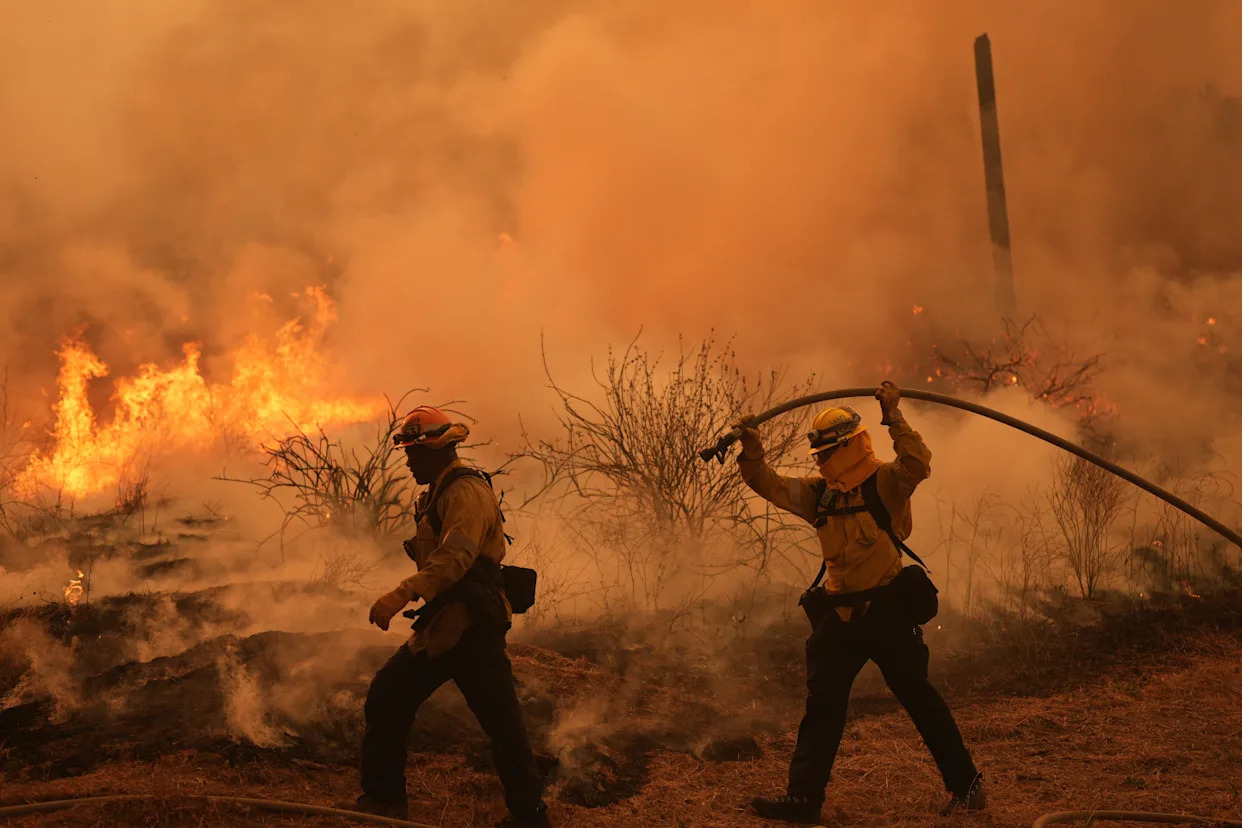

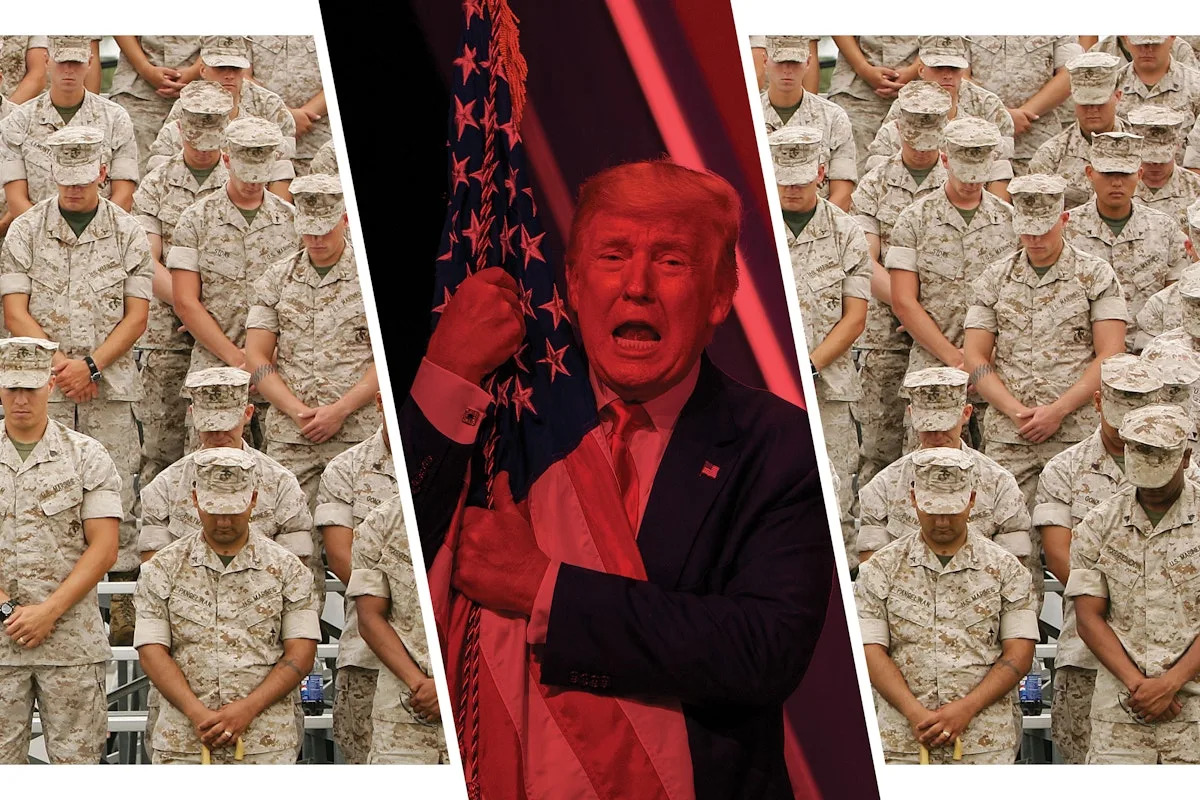
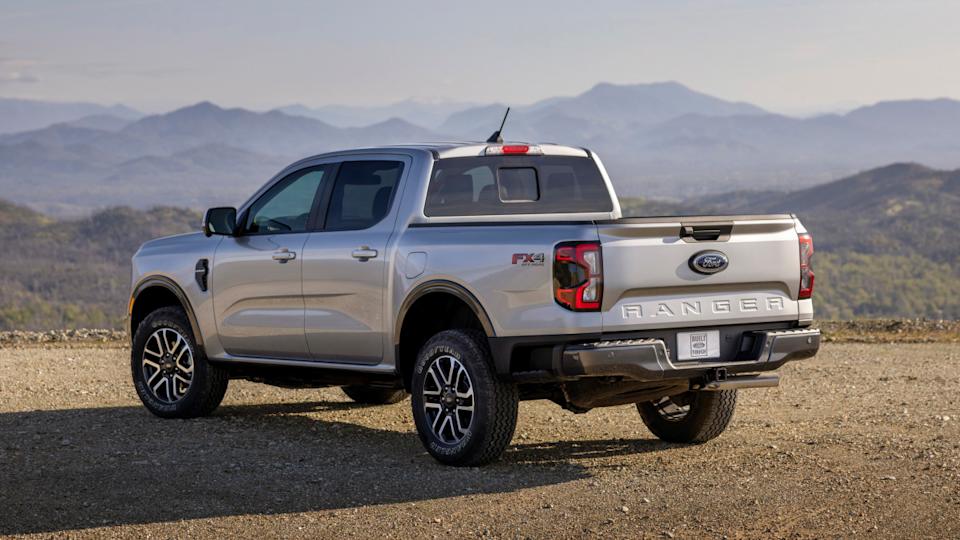
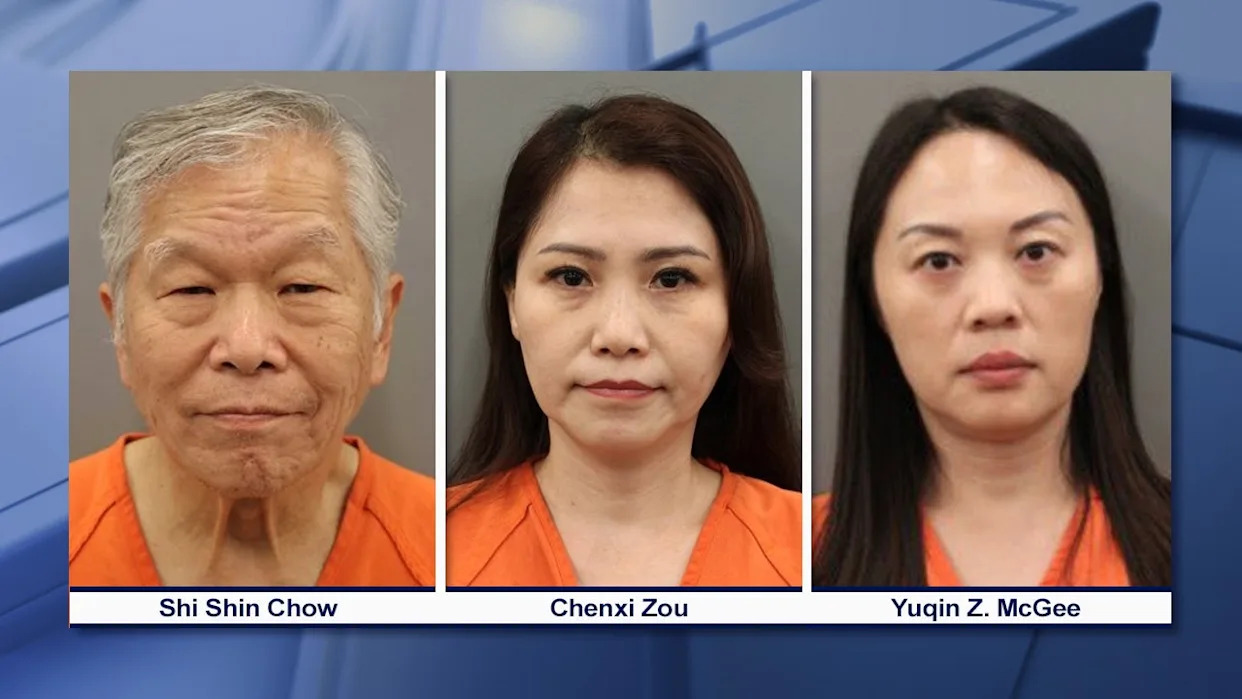
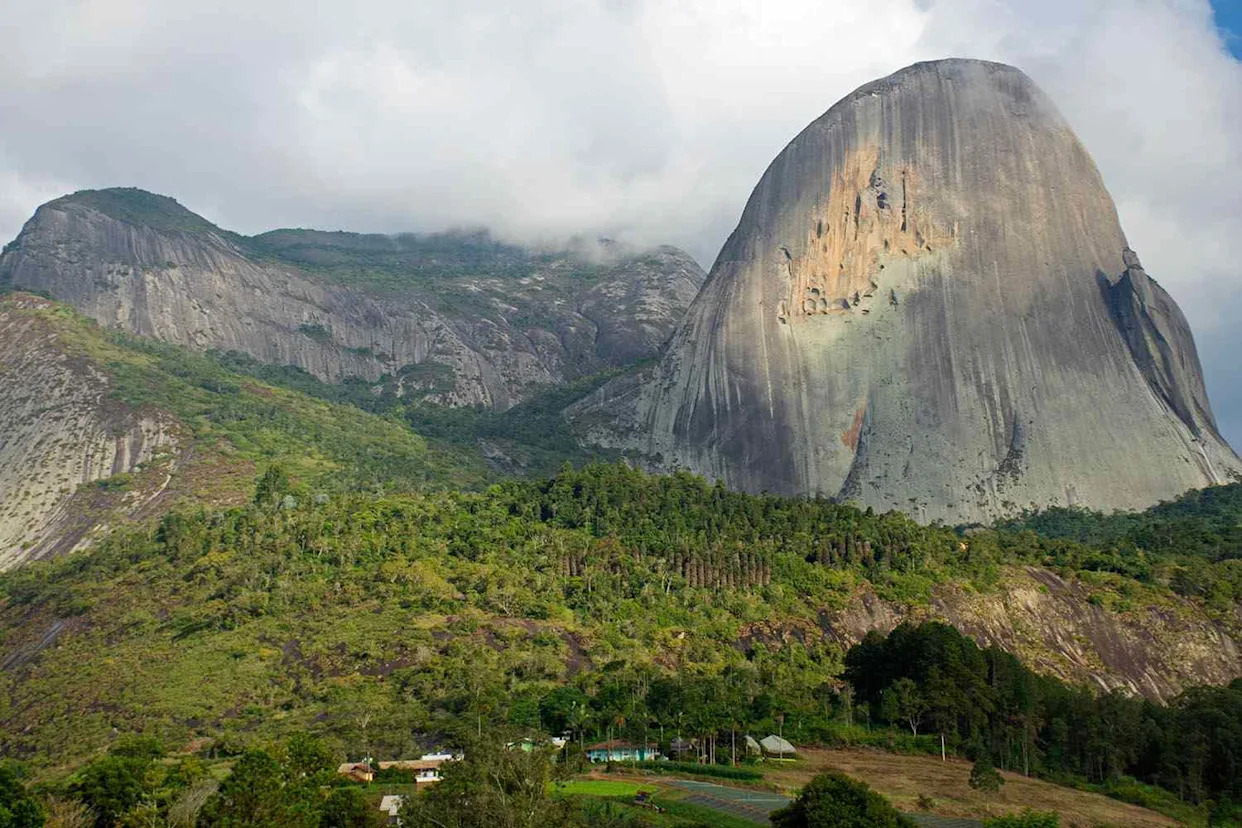
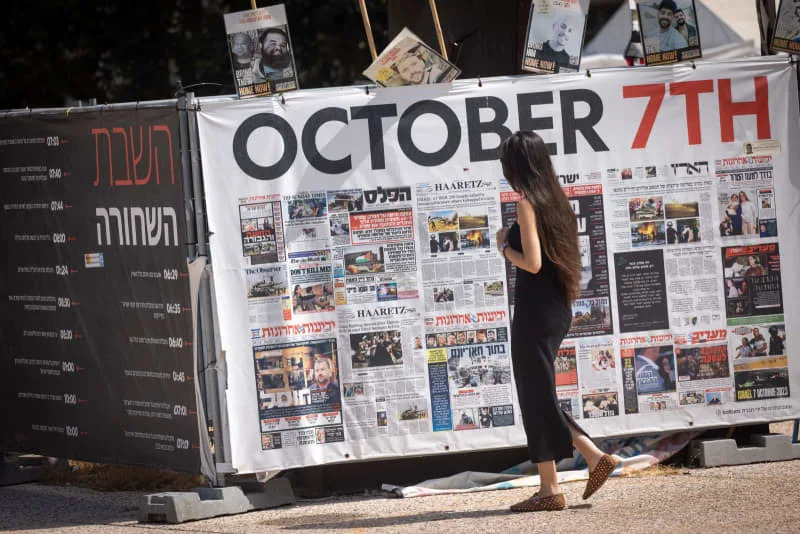
Comments